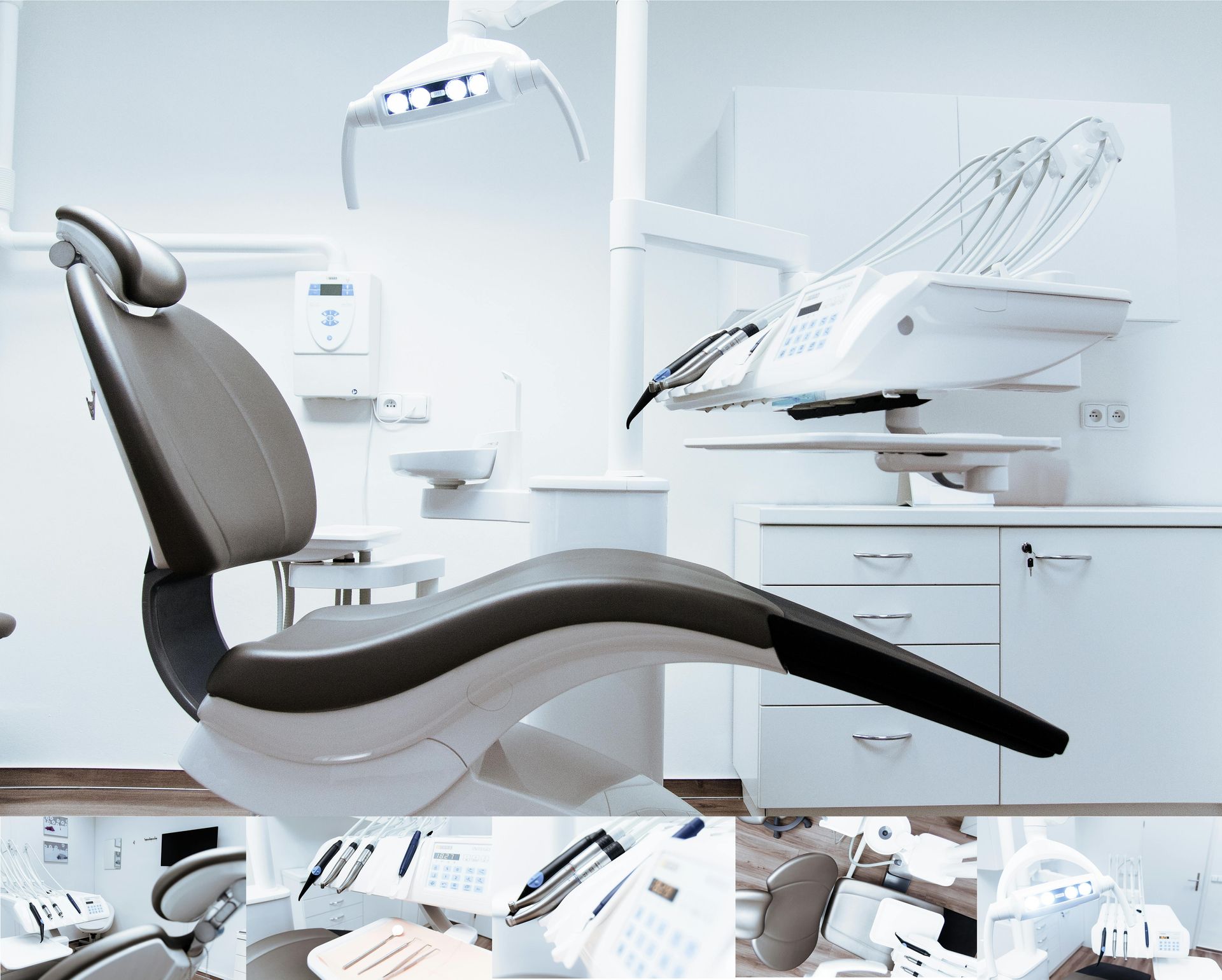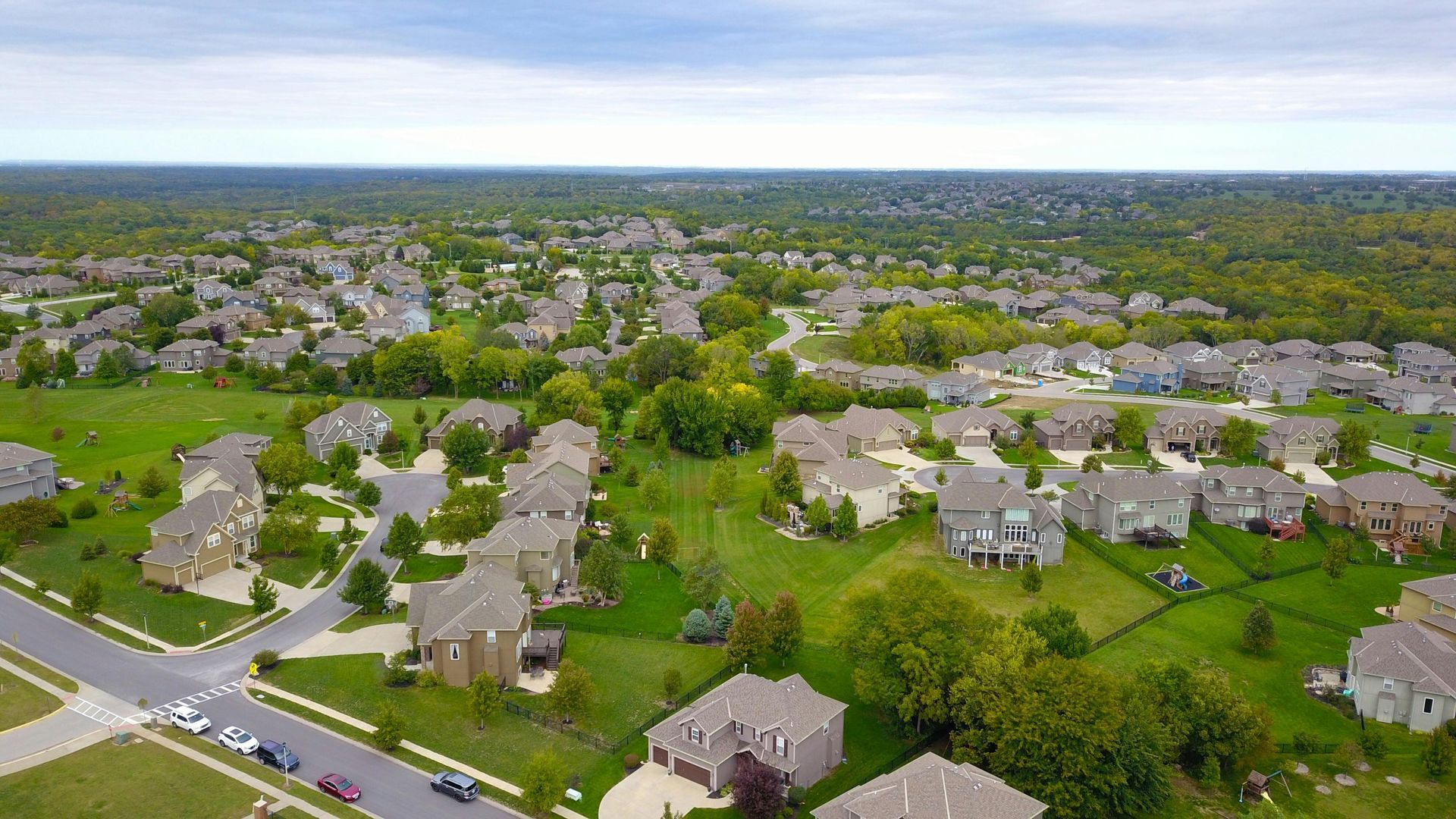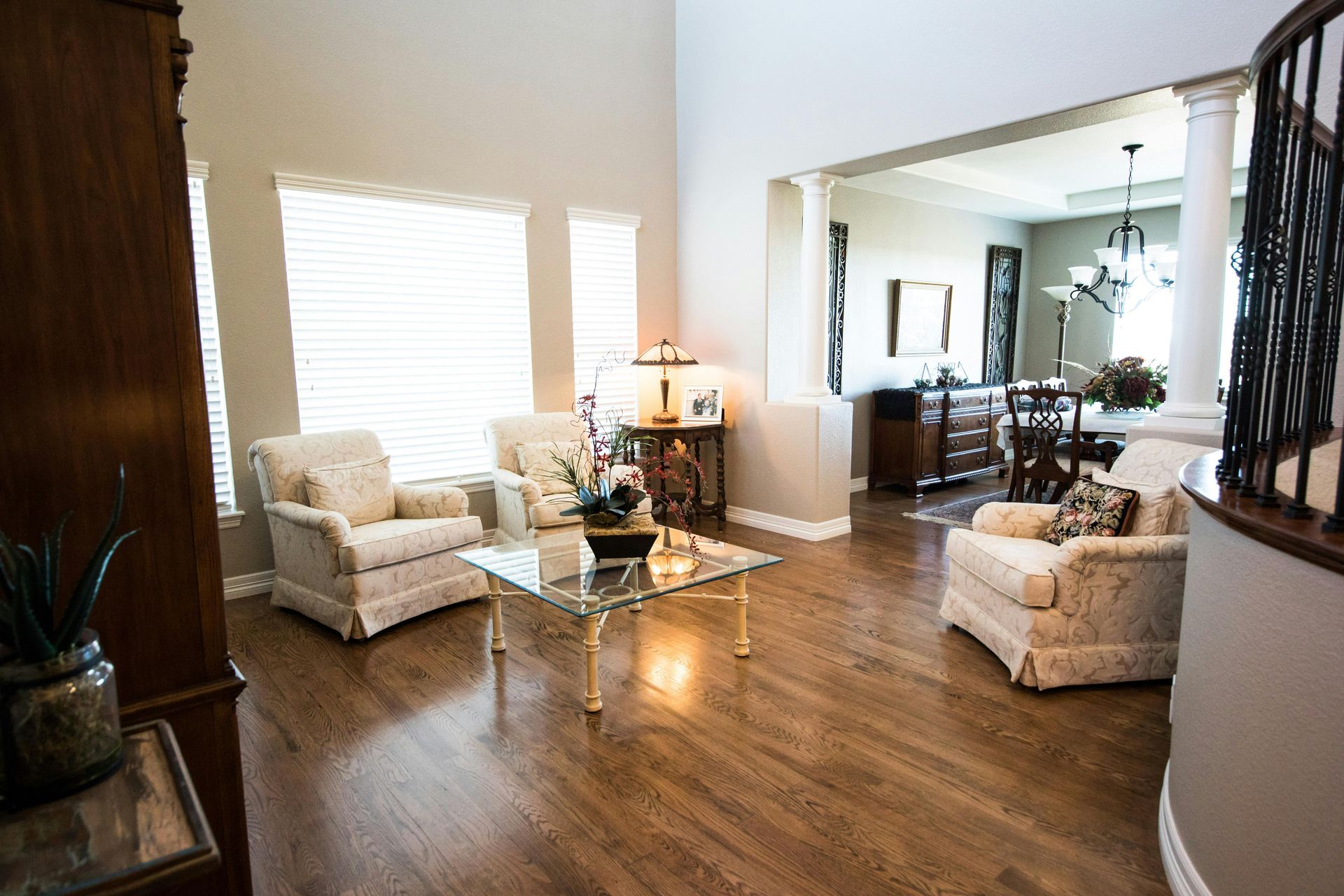Demand for dental practice finance continues to rise, and 2025 marks an important shift in how lenders support the sector. Historically, 100% commercial finance was considered rare, limited to only the most exceptional circumstances. Today, the landscape looks very different. Many banks have expanded their specialist healthcare divisions, competing directly to lend to dental professionals and offering
full-value funding for the purchase, refinancing, or expansion of practice premises.
Dentistry occupies a unique place in healthcare lending. While GP surgeries benefit from NHS-backed income and pharmacy premises rely heavily on dispensing revenue, dental practices sit at the intersection of medical stability and private-sector commercial performance. Strong revenue generation, recurring patient demand, and high goodwill values allow lenders to view dental borrowers as some of the most secure in the healthcare sector. As a result, full-value lending is now achievable for dentists planning to acquire freehold premises, expand into larger sites, or release capital for business growth.
Willow Private Finance has seen a significant increase in enquiries from dental practice owners looking to buy their freehold or move from leasehold to ownership. Many come to us after being incorrectly advised that 100% lending is impossible in commercial markets. In reality, the combination of goodwill, stable patient income, and specialist lending appetite creates an environment where dental professionals can access some of the strongest finance terms available.
For context on the overall healthcare market, our article
Medical Practice Property Finance in 2025: How 100% Funding Works
provides a broader sector overview. For short-term strategies, particularly for expansion or fit-out projects, our guide
Short-Term Property Finance in 2025 is also relevant. This article, however, focuses solely on dental practice property finance in 2025 and how dentists can successfully achieve full-value borrowing.
Market Context in 2025
The dental sector continues to show impressive resilience and long-term demand stability. Even during periods of economic uncertainty, dental practices maintain strong revenue performance due to the essential nature of many treatments, combined with the rise of elective and cosmetic procedures. In 2025, demand for dentistry is significantly influenced by shifting NHS provision, increasing private uptake, and the growth of subscription-based or membership-driven dental plans.
These market characteristics make dental practice premises some of the most desirable assets in healthcare lending. Lenders understand that dental practices generate reliable cashflow, are often located in established community areas, and maintain strong patient loyalty. Moreover, the significant goodwill value attached to dental businesses acts as an additional layer of reassurance for lenders.
As banks reduce exposure to riskier commercial sectors, funds are being reallocated to essential services, including dentistry. This results in increased competition among lenders, particularly challenger banks and specialist healthcare divisions. The result is improved borrowing flexibility and a greater willingness to lend at higher loan-to-value levels, including 100% finance, when the business demonstrates long-term viability.
How 100% Dental Practice Finance Works
Full-value lending for dental practices is driven by several core characteristics that differentiate dentistry from other commercial property sectors. The first is the
exceptionally high goodwill value associated with many practices. In dentistry, goodwill often represents a substantial portion of total business value, particularly for mixed or fully private practices. Lenders frequently allow goodwill to contribute to the security structure of the loan, enabling higher leverage.
Additionally, dental practices benefit from predictable cashflow through recurring check-up schedules, hygiene appointments, ongoing treatments, and private membership plans. This recurring model provides lenders with confidence that income will remain consistent, allowing for greater comfort when extending high-LTV facilities.
Another factor is the professional profile of dentists themselves. Highly regulated, professionally accredited, and financially stable, dental practitioners are viewed as low-risk borrowers. Default rates across the dental sector are among the lowest in commercial healthcare finance, further supporting lenders’ willingness to reach 100% LTV when the financial case is strong.
When these factors combine—goodwill, strong cashflow, professional security, and stable premises use—lenders often feel comfortable stretching beyond traditional lending limits. Many dental practices also have long operational histories, solid patient retention, and established reputations, all of which further reduce lending risk and pave the way for full-value borrowing.
What Lenders Are Looking For
Although lenders are increasingly willing to offer 100% finance, they still apply careful scrutiny to ensure the stability and sustainability of the practice. One of the most important elements assessed is the practice’s financial performance. Lenders examine multiple years of accounts to understand revenue distribution, treatment mixing, associate contributions, hygiene income, and profitability. Strong, consistent performance is a key determinant in securing maximum leverage.
Another major focus is the quality of the patient base. Practices with stable or growing patient numbers, particularly those with high uptake of private treatment plans or membership schemes, are strongly favoured. Lenders view recurring patient relationships as a reliable indicator of future income sustainability.
The premises themselves are also important. Lenders want reassurance that the building is suitable for long-term dental use, compliant with regulatory requirements, and capable of accommodating modern dental equipment and clinical workflows. Practices planning refurbishment or expansion often find lenders willing to include additional funding within the same facility, provided the core business case is strong.
Lastly, lenders examine the borrower’s professional experience and management capability. Dentists with several years of clinical experience, strong leadership within the practice, and a clear vision for future growth tend to attract more favourable terms. First-time buyers can still access 100% finance, but they must demonstrate a well-organised transition plan and robust future revenue projections.
Challenges Dental Professionals Face
Even with strong lender appetite, dentists often encounter challenges when seeking full-value finance. Many practitioners receive outdated advice suggesting that high-LTV commercial lending is no longer available, especially for businesses with mixed NHS and private revenue. This misunderstanding leads to missed opportunities or unnecessarily large deposit requirements.
Another difficulty arises from the complexity of dental practice valuations. Unlike standard commercial properties, dental practices require valuers with specialist healthcare expertise. Inexperienced valuers may undervalue the property or fail to accurately assess the goodwill component, resulting in reduced borrowing potential.
Business structure can also be a source of friction. Dental practices with multiple associates, complex revenue-sharing arrangements, or unclear ownership structures can struggle to present a coherent financial case. Lenders require precise information, and a poorly packaged application can delay the process or weaken lender confidence.
Timing issues also arise, particularly when practice purchases coincide with associate changes, NHS contract adjustments, or major operational shifts. These moments of transition need to be carefully planned to avoid sending conflicting or incomplete information to lenders.
Smart Strategies and Solutions
Successful dental practice purchases rely on strategic application packaging and lender positioning. One of the most effective strategies is highlighting the strength and consistency of the practice’s revenue. When lenders clearly see recurring income from regular check-ups, hygiene appointments, and membership subscriptions, they are more willing to consider full-value lending.
Another effective approach involves integrating goodwill valuation into the funding structure. When goodwill is presented accurately and supported by strong revenue evidence, lenders often use it to justify 100% funding—even where the property alone would not support such leverage.
Many dentists combine acquisition and refurbishment into a single finance facility. Lenders appreciate seeing clear improvement plans, especially when these upgrades enhance clinical capacity, increase patient flow, or align with CQC recommendations. When packaged correctly, lenders are willing to include these costs within the same high-LTV loan, providing a streamlined and efficient finance solution.
Clear operational planning is also essential. Lenders respond positively when dentists provide detailed insight into clinical workflow, associate retention, patient demand, future service mixes, and long-term growth strategy. A strong business plan reinforces confidence and supports more flexible lending.
Dentists exploring expansion, acquisition, or phased development may also find value in our article
Unlocking Capital with Bridging Loans , which explores short-term funding routes that can complement long-term commercial facilities.
Case-Type Insight: How 100% Funding Is Achieved
A typical scenario might involve a dentist purchasing the freehold of their long-established mixed practice. The premises are valued at £900,000, and the practice generates strong private and NHS income with excellent recurring patient engagement. A specialist healthcare lender examines the business performance, reviews patient trends, analyses associate contributions, and evaluates the premises for long-term suitability.
Because the practice demonstrates strong goodwill, stable revenue, and robust operational continuity, the lender offers full-value funding for the acquisition. In many cases, additional funds for modernization—such as new surgeries, equipment upgrades, or compliance improvements—can be included within the same facility. This funding structure requires no excessive collateral and relies primarily on goodwill, business stability, and property value.
Outlook for 2025 and Beyond
The outlook for dental practice lending remains extremely positive. Rising demand for dental services, the ongoing shift toward private and subscription-based treatment models, and the strategic value of dental premises all contribute to increasing lender appetite. In 2025, the dental sector is considered one of the most stable and attractive options for healthcare lending, and this trend is expected to continue.
As practices modernise, expand, and adapt to changing patient expectations, lenders will remain committed to supporting the sector. High-LTV and 100% funding options will continue to be available for practices demonstrating strong financial performance, stable patient demand, and clear operational strategies.
How Willow Private Finance Can Help
Willow Private Finance specialises in structuring complex, high-LTV commercial finance for dental practices across the UK. We work with specialist healthcare lenders, private banks, and challenger banks that understand the unique dynamics of dental businesses and are willing to offer 100% funding where the case is strong. Our experience allows us to present your financials, goodwill valuation, clinical performance, and premises suitability in the most compelling way, increasing your chances of securing the best possible terms.
Whether you are acquiring freehold premises, refinancing existing property, funding expansion, or releasing equity for growth, we ensure your application is strategically positioned and professionally packaged to maximise lender confidence.
Frequently Asked Questions
Q1: Is 100% finance available for dental practice premises in 2025?
Yes. Many lenders now offer full-value funding for dental practices with strong financial performance, stable patient demand, and significant goodwill.
Q2: Does goodwill play a role in lending decisions?
Yes. Goodwill is a major factor in dental finance and often supports higher loan-to-value lending.
Q3: Can I borrow additional funds for refurbishment or expansion?
Many lenders include refurbishment, equipment upgrades, and expansion costs within the same finance package.
Q4: What type of financial information do lenders require?
Lenders usually need several years of accounts, patient list data, associate structures, treatment mixes, and details of the premises.
Q5: Can first-time practice owners access high-LTV lending?
Yes. First-time buyers can still access high or full-value lending, provided they demonstrate strong clinical experience and a robust business plan.
📞 Want Help Navigating Today’s Market?
Book a free strategy call with one of our mortgage specialists.
We’ll help you find the smartest way forward—whatever rates do next.











